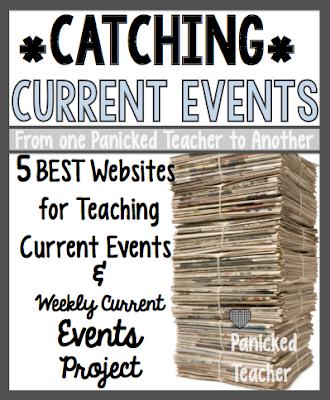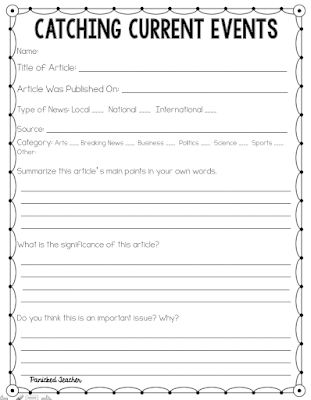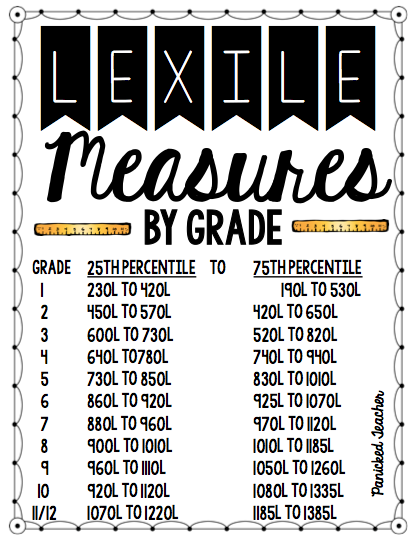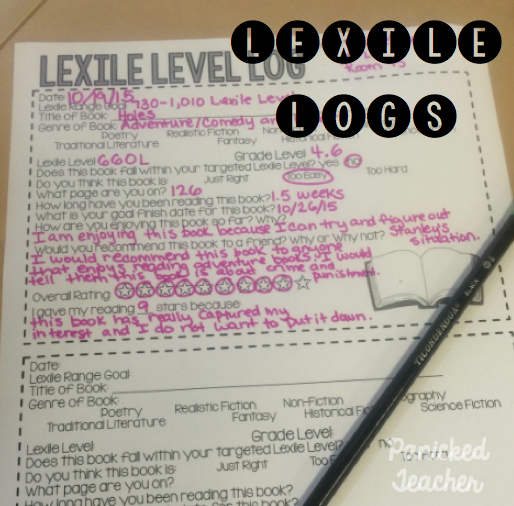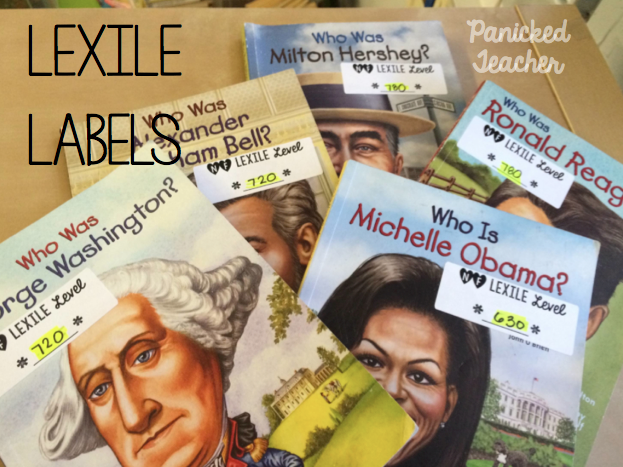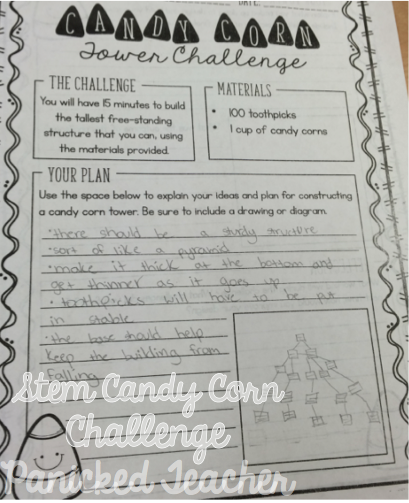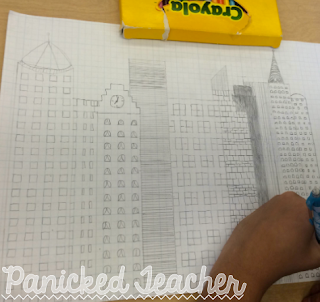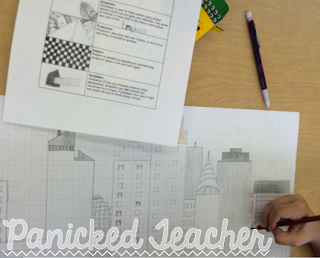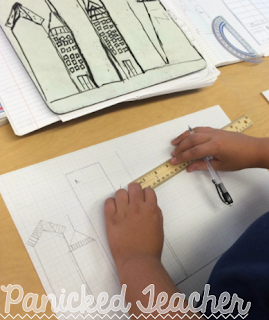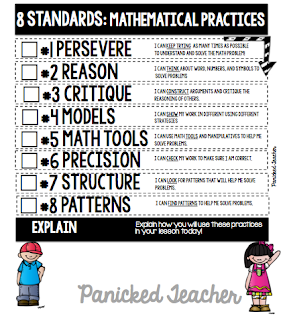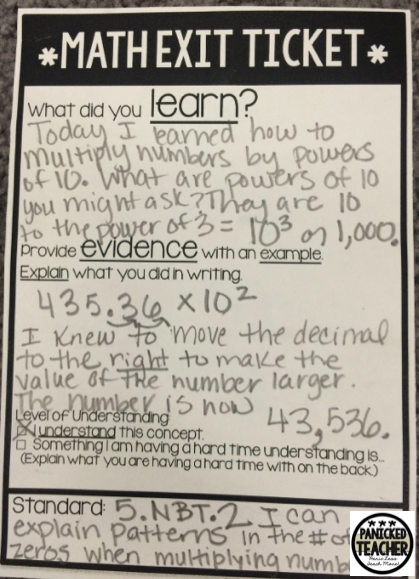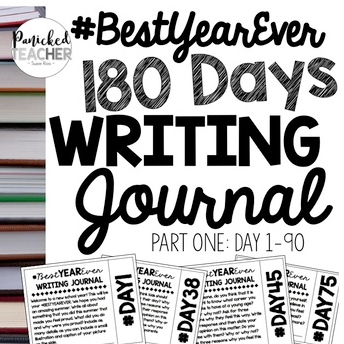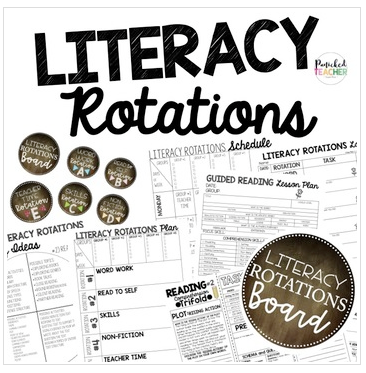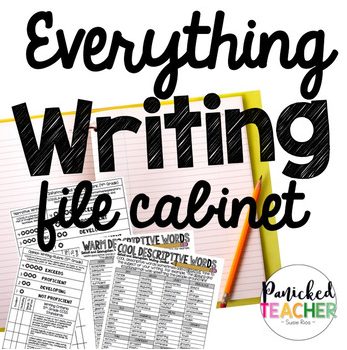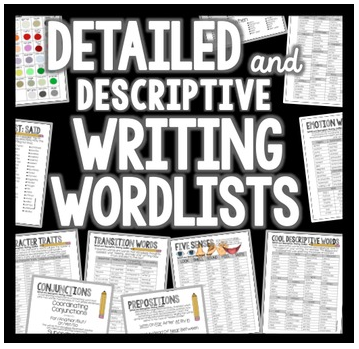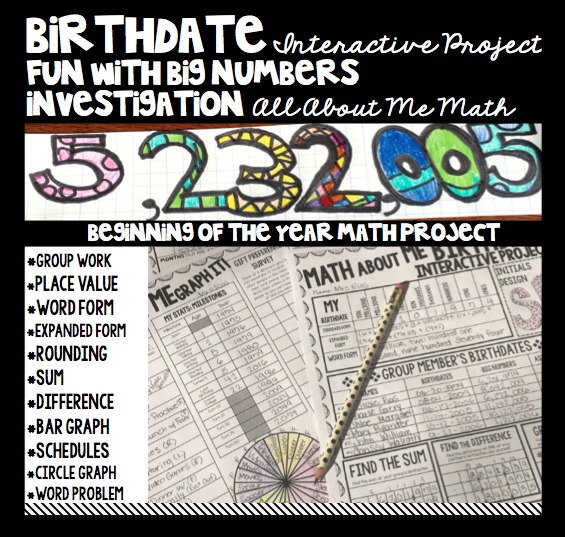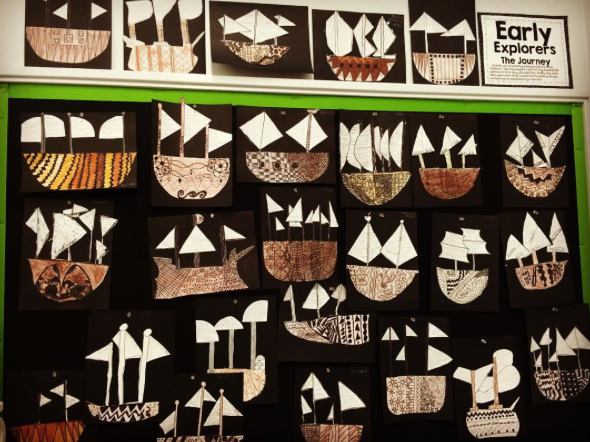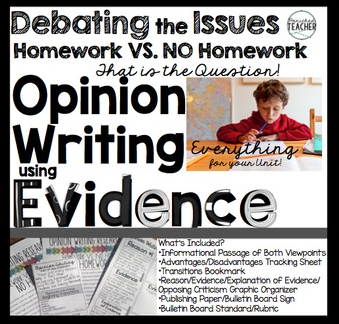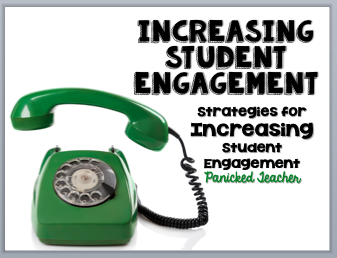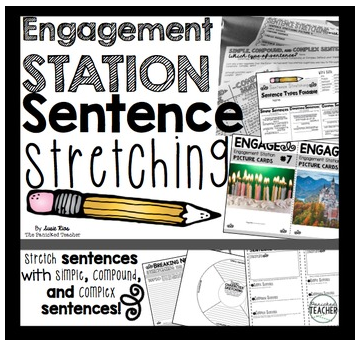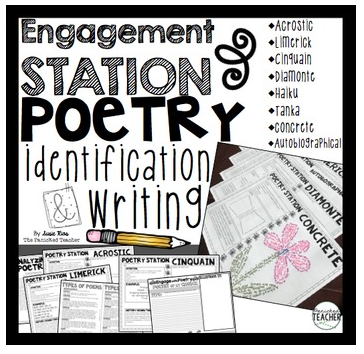One thing I remember about Elementary School is having to bring in a Current Event article from the newspaper and present it to the class. While I remember that to be a truly nerve-racking experience (the fact that I had to present), I did LOVE looking through the newspapers to find something to bring in. WELL, to pass this tradition along to my students, (but to ease the pain of making the kids present to the class), I created a template that encourages students to look for current events, WRITE about them, and IF they are comfortable, SHARE! If students are not comfortable presenting, I usually share for them, but ALL kids end up presenting in the end because they feel prepared and have their thoughts organized on this paper!
I have compiled a list of my FAVORITE websites for students to visit to look for articles about Current Events.
#1) CNN Student News offers short videos DAILY on topics that are currently happening in the news. This is usually a modge podge of different topics. My favorite thing about this website is that there is a new video daily. The only downside? Videos are supposed to be for middle to high school students.
#2) DOGO News offers relevant news articles that students can relate to and have the option to print. They publish an article daily (none on Sunday, but double articles published on Monday) and have ALOT of pictures that go along with each article.
#3) KIDS POST This is Washington's Post contribution to student news and a terrific resource! Titles such as, "Want to be a Pro Basketball Player? That's a Tall Order!" are relevant and interest based articles that will capture student's interest.
#4) BBC NewsROUND This site from the British Broadcasting Company offers student articles such as School Children Get Creative with Coding which are extremely HOT TOPICS for students these days! It is nice for kids in the United States to get a worldly view on different topics as well!
#5) Time for Kids This is always a go-to for information about what's going on with space, sports, and other hot topics. Very student friendly and formats very well for printing!
These are all excellent websites for students to gather articles on different current events. Click the pic above to grab the template to use for students reporting about current events, if you haven't already! Do you incorporate opportunities for students to search or write about current events?
I have compiled a list of my FAVORITE websites for students to visit to look for articles about Current Events.
#1) CNN Student News offers short videos DAILY on topics that are currently happening in the news. This is usually a modge podge of different topics. My favorite thing about this website is that there is a new video daily. The only downside? Videos are supposed to be for middle to high school students.
#2) DOGO News offers relevant news articles that students can relate to and have the option to print. They publish an article daily (none on Sunday, but double articles published on Monday) and have ALOT of pictures that go along with each article.
#3) KIDS POST This is Washington's Post contribution to student news and a terrific resource! Titles such as, "Want to be a Pro Basketball Player? That's a Tall Order!" are relevant and interest based articles that will capture student's interest.
#4) BBC NewsROUND This site from the British Broadcasting Company offers student articles such as School Children Get Creative with Coding which are extremely HOT TOPICS for students these days! It is nice for kids in the United States to get a worldly view on different topics as well!
#5) Time for Kids This is always a go-to for information about what's going on with space, sports, and other hot topics. Very student friendly and formats very well for printing!
These are all excellent websites for students to gather articles on different current events. Click the pic above to grab the template to use for students reporting about current events, if you haven't already! Do you incorporate opportunities for students to search or write about current events?

